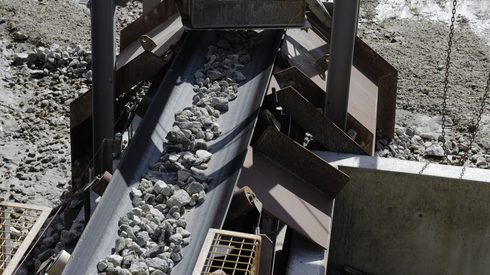Shagang’s price policy of steel scrap is widely viewed as the weathervane of the country’s scrap market movement; Shagang is a leading electric-arc-furnace (EAF) producer in China, while it also hosts huge blast furnace (BF) capacity. The steelmaker has reduced its scrap procurement price by a total of 520 yuan per tonne since June 14 and it is paying 3,300-3,360 yuan per tonne for domestically-sourced heavy scrap as of July 6.
“Steel scrap buying [of Chinese steelmakers] has been thin so far this week and there is no sign of recovery, which is probably due to low profitability,” a steel trader based in East China said.
Chinese steel mills’ scrap consumption is at a multi-year low, a Shanghai-based scrap analyst said at a recent industrial event.
The utilization rate of steel scrap in steelmaking in China was only 17.98% at the end of June, down by 1.28% from a week ago and down by 6.08% from a year-to-date peak in March, according to the analyst.
“Some steel mills have kept their scrap utilization to only 1-2%. They just use the scrap generated by themselves, but don’t buy any extra from the market,” the analyst said.
A few steel producers in North China told Fastmarkets that they have stopped scrap procurement in recent weeks.
“The problem for Chinese steel mills now is how to deplete high finished steel stocks and how to lower production costs so they have no need to increase production. BF makers [aim to] have no need to even use scrap,” an official from a mill said.
More BF mills have recently announced maintenance plans due to poor finished steel demand, high finished steel stocks and low profitability. The capacity utilization rate of Chinese EAF makers declined to 35.59% at the end of June, according to the Shanghai analyst.




